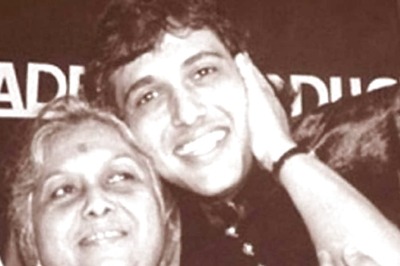
views
KOCHI: Kerala Agricultural University (KAU) will be conducting field trials to standardise an organic fish fertiliser, Fertifish, developed by the Central Institute of Fish Technology (CIFT), under a World Bank funded project, from fish waste and low-value fishes. Once the project, which is seen as a possible solution to the issue of disposing large quantities of fish waste generated by the fishing industries and processing units, gets the KAU nod, the product could be marketed across the country. According to official estimates, almost half of the total fish catch is expelled as waste. Annually an estimated 3 million tonnes of waste is generated as fish and its parts. But since this waste is rich in organic proteins, it is has tremendous scope as livestock feeds and fertilisers. Under the project “Value chain for Pelagic and Fresh water fishes,” also funded by the World Bank with a project outlay of `9 crores, CIFT has developed the technology to convert the fish waste including head, gut, skin and cartilage into fish silage, a liquid organic byproduct. The silage is then mixed with coir pith and lime and processed to make the Fertifish.Fertifish is aimed at providing employment to fisherfolks, especially those who deal with low-demand pelagic fishes. Pelagic fishes are roughly described as surface water fishes. They have a low return, mainly due to a low export demand. Under the project, a pilot level unit is established in Munambam, called “Jaiva Sree”, with four fisher women. The product generated is now being used in about 400 houses for terrace farming in the region and supplied to a couple of outlets in the city.“We hope to increase the output to 1000 houses in Munambam. But in the absence of a license, it is difficult to obtain the products in bulk, or supply it in large scale,” says Maheshwari Sudarman, who heads the Jaivasree unit in Munambam. Maheswari was one of the persons instrumental in the design of the product. “Earlier CIFT concentrated on developing value-added food products. But as it did not have much takers, I suggested if a technology could be developed to convert this into a fertiliser. “Raw fish has been traditionally used as fertiliser in Kerala, but are often shunned due to the stench or handling difficulties. But a product like this is handy in all situations,” said Maheshwari.

















Comments
0 comment